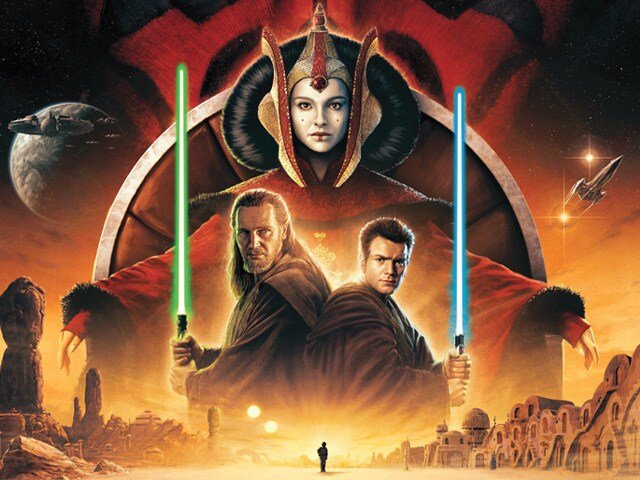
Star Wars: The Phantom Menace Review & Legacy
As a long-time Star Wars fan, I’m thrilled to bring you this series of critiques on the iconic film franchise. The first installment, Star Wars: Episode I – The Phantom Menace, holds a special place in my heart, as it was the film that introduced me to the expansive Star Wars universe back in 1999. Revisiting this movie has been a nostalgic journey, filled with memories of my initial awe and excitement when I first experienced it on the big screen.
The prequel trilogy, which The Phantom Menace kicks off, has been a topic of much debate and discussion among Star Wars enthusiasts. While the original trilogy is widely regarded as a cinematic masterpiece, the prequels have often been met with a more mixed reception. However, as I delve into this film once again, I aim to approach it with a fresh perspective, acknowledging both its strengths and its shortcomings.
The Pressure to Expand the Star Wars Universe
It’s important to understand the context in which The Phantom Menace was created. George Lucas, the mastermind behind the Star Wars franchise, had been under pressure to expand the universe since the 1980s. The success of the original trilogy had left fans hungry for more, and the demand for new content was growing.
In the 1990s, the Thrawn Trilogy by Timothy Zahn became a bestselling series, further fueling the desire for additional Star Wars stories. Lucas recognized this opportunity and decided to take on the challenge of creating a new trilogy, one that would serve as a prequel to the original films.
However, Lucas faced a significant dilemma. How could he craft a compelling narrative that would both satisfy long-time fans and introduce the franchise to a new generation of viewers? The task of developing a prequel trilogy, where the audience already knows the ultimate fate of the characters, was a daunting one.
Lucas’ Creative Control and the Technological Advancements
With the decision to direct the first installment of the prequel trilogy himself, Lucas gained a significant amount of creative control. This allowed him to shape the narrative and visual style of the film, ensuring that it aligned with his vision for the Star Wars universe.
One of the defining aspects of The Phantom Menace was its embrace of technological advancements in filmmaking. Lucas, known for his pioneering work in practical effects during the original trilogy, now found himself at the forefront of the digital revolution. The film boasted a remarkable integration of live-action actors with computer-generated imagery (CGI), pushing the boundaries of what was possible on the silver screen.
This technological leap was not without its challenges, however. Lucas and his team had to navigate the complexities of blending practical and digital elements, often relying heavily on CGI to create the expansive and fantastical environments of the Star Wars galaxy. The result was a film that, while visually stunning, sometimes struggled to maintain a consistent emotional connection with the audience.
The Balancing Act: Nostalgia, Exposition, and Spectacle
One of the primary challenges faced by The Phantom Menace was the need to balance nostalgia, exposition, and spectacle. As the first installment in a new trilogy, the film had to introduce a new generation of viewers to the core concepts and characters of the Star Wars universe, while also catering to the expectations of long-time fans.
The film’s highly explanatory nature, with its detailed exploration of political intrigues and the introduction of new terminology, was a necessary evil. Lucas recognized that he needed to provide a solid foundation for those unfamiliar with the franchise, while also expanding the mythos for those who were already invested in the story.
However, this approach sometimes came at the expense of emotional engagement. The film’s focus on world-building and exposition occasionally overshadowed the development of the characters and their relationships. The dialogue, while necessary for establishing the narrative, often felt stilted and lacked the natural flow that had characterized the original trilogy.
Despite these challenges, The Phantom Menace did manage to capture the essence of the Star Wars universe in its visual spectacle. The pod race sequence, the lightsaber battles, and the grand scale of the galactic conflict all served to remind audiences of the franchise’s signature blend of action, adventure, and wonder.
The Strengths and Weaknesses of The Phantom Menace
As I revisit The Phantom Menace, I find myself torn between the nostalgic fondness I hold for the film and the more critical eye I’ve developed over the years. There are certainly aspects of the movie that I genuinely enjoy, while others leave me feeling somewhat disappointed.
The Positives
Immersive Worldbuilding: The film’s attention to detail in creating the diverse environments and cultures of the Star Wars galaxy is truly impressive. From the bustling cityscapes of Coruscant to the lush landscapes of Naboo, the visual design and production values are undeniably captivating.
John Williams’ Iconic Score: As with the original trilogy, the musical score composed by the legendary John Williams is a standout element of The Phantom Menace. The sweeping melodies and memorable themes help to elevate the emotional impact of the film’s key moments.
Liam Neeson’s Portrayal of Qui-Gon Jinn: Liam Neeson’s performance as the wise and principled Jedi Master Qui-Gon Jinn is a highlight of the film. His commanding presence and moral authority lend a sense of gravitas to the proceedings.
Ian McDiarmid’s Ambiguous Palpatine: Ian McDiarmid’s portrayal of the future Emperor Palpatine, in his guise as Chancellor Valorum, is a masterclass in subtle villainy. The character’s underlying ambition and manipulation are expertly woven into the narrative.
The Negatives
Stilted Dialogue and Lack of Emotional Depth: One of the most common criticisms leveled at The Phantom Menace is the quality of the dialogue. The lines often feel overly expository and lack the natural flow and emotional resonance that characterized the original trilogy.
The Underutilization of Darth Maul: The film’s primary antagonist, Darth Maul, is a visually striking and physically imposing character. However, his potential as a complex and compelling villain is largely untapped, as he is relegated to a mere plot device rather than a fully realized character.
Jar Jar Binks and the Comedic Missteps: The character of Jar Jar Binks, intended as comic relief, has become a source of contention among fans. His exaggerated mannerisms and stereotypical portrayal often feel like a distraction from the more serious narrative elements of the film.
Uneven Pacing and Narrative Priorities: At times, The Phantom Menace struggles to balance its various storylines and character arcs. The film’s focus on spectacle and world-building occasionally comes at the expense of character development and emotional engagement.
The Legacy of The Phantom Menace
Despite its flaws, The Phantom Menace remains an important and influential entry in the Star Wars saga. As the first installment of the prequel trilogy, it laid the groundwork for the continued expansion of the franchise, both on the big screen and in other media.
The film’s ambitious exploration of the political and social dynamics within the Star Wars universe, while not always executed flawlessly, paved the way for deeper explorations of these themes in subsequent films and television series. The introduction of new characters, such as Qui-Gon Jinn, Darth Maul, and the young Anakin Skywalker, has had a lasting impact on the overall narrative of the Skywalker saga.
Moreover, the technological advancements showcased in The Phantom Menace have had a profound influence on the film industry as a whole. The seamless integration of live-action and CGI elements, as well as the groundbreaking visual effects, have become standard practice in modern blockbuster filmmaking.
While The Phantom Menace may not be universally regarded as the strongest entry in the Star Wars franchise, it remains an important and influential part of the overall saga. Its legacy lies in its ability to expand the universe, introduce new characters and concepts, and push the boundaries of what was possible in cinematic storytelling.
Conclusion: Embracing the Complexity of The Phantom Menace
As I reflect on my experience with The Phantom Menace, I realize that my perspective on the film has evolved over the years. While I still hold a deep fondness for the nostalgia it evokes, I’ve also come to appreciate the complexities and challenges that Lucas and his team faced in crafting this prequel installment.
Ultimately, The Phantom Menace is a film that defies simple categorization. It is a work of ambition and vision, one that sought to expand the beloved Star Wars universe in new and innovative ways. While it may not have achieved perfection, it remains a significant and thought-provoking entry in the saga, one that continues to spark discussion and debate among fans.
As I look ahead to the rest of the prequel trilogy, I’m excited to revisit the journey and explore how the story unfolds. With an open mind and a willingness to embrace the complexities of this era in the Star Wars universe, I’m confident that I’ll uncover new layers of appreciation and understanding. After all, the true power of the Force lies in its ability to surprise and captivate us, even in the most unexpected of ways.
If you’re interested in exploring more of the Star Wars universe, be sure to check out the Thrawn Trilogy by Timothy Zahn, which was a major influence on the development of the prequel trilogy. And don’t forget to subscribe to my Youtube channel and follow me on Facebook, Instagram and X (Twitter) for more updates on my Star Wars adventures!
Thank you for joining me on this journey through the Star Wars galaxy. I look forward to continuing our exploration of this beloved franchise in the weeks and months to come.
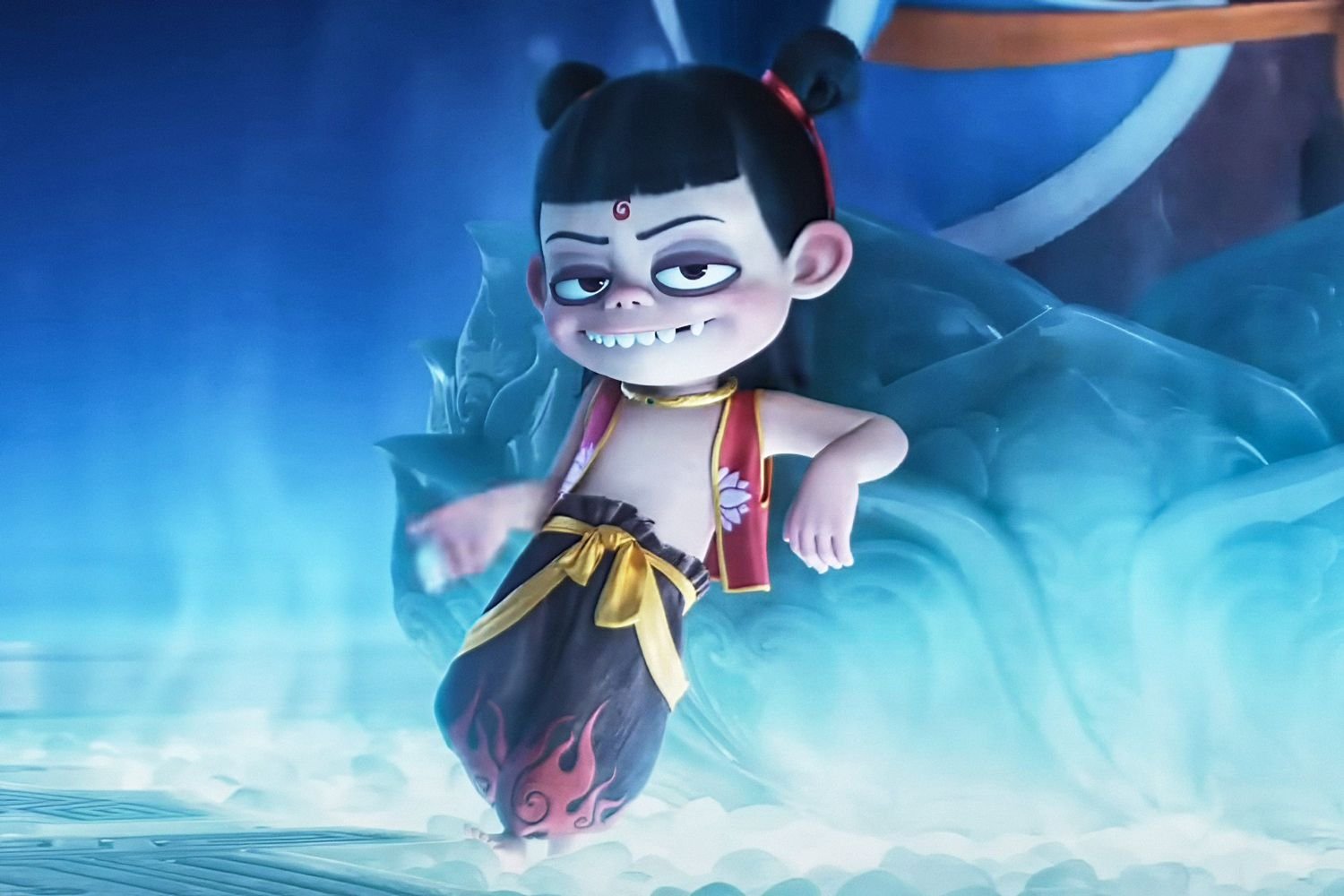
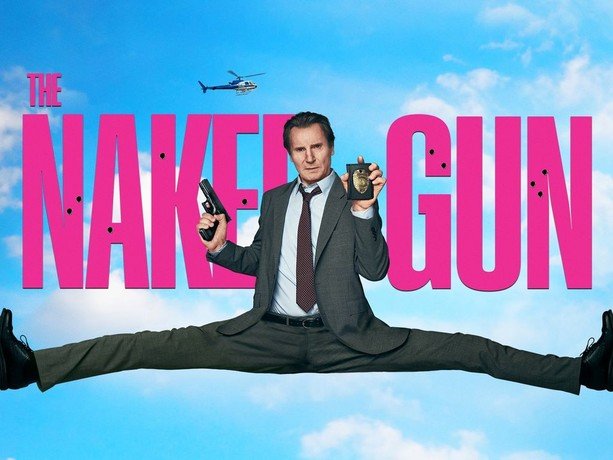
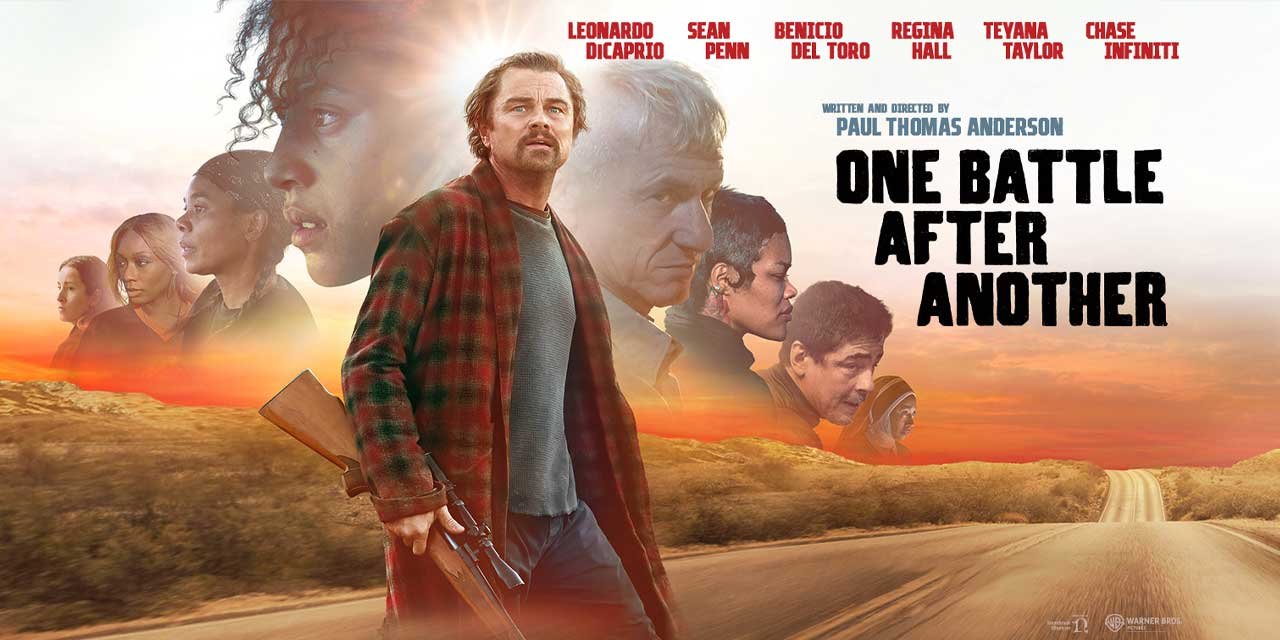

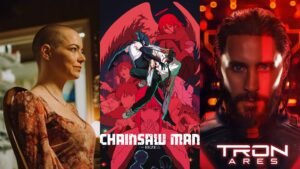




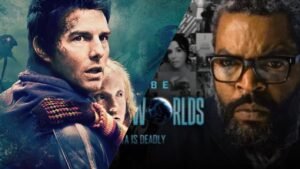

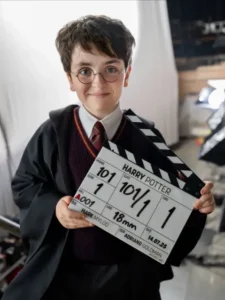

Publicar comentário